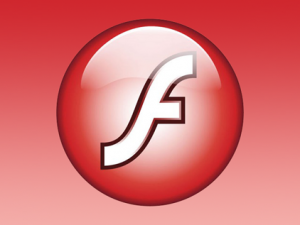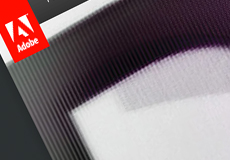By
Phil LelyveldApril 15, 2013
A surprisingly large number of people, at times as many as 100, stayed at NAB through Thursday afternoon to attend the 2-day Disruptive Media Conference produced by Ned Sherman and Digital Media Wire. Executives from companies such as Sony, Adobe, Rentrak, Scripps, StumbleUpon, nScreenMedia and others discussed the current impact of disruptive media and what they anticipate for the future. Continue reading NAB 2013: Conference Notes – The State of Disruption
By
Rob ScottApril 5, 2013
First announced at last year’s NAB, cloud-based production service Adobe Anywhere is scheduled to launch in May and will be on display at next week’s NAB (booth SL3910) in Las Vegas. The toolset enables collaboration for creative professionals using Adobe Premiere, After Effects and logging tool Prelude. It uses Adobe’s Mercury streaming engine, a server that streams relevant video frames and scales quality based on available bandwidth. Continue reading NAB 2013: Cloud-Based Production with Adobe Anywhere

By
Rob ScottApril 15, 2011
Adobe previewed its new video streaming technology at NAB, built on the Adobe Flash Media Server. The new features and capabilities are designed to help stream protected video to mobile devices such as the Apple iPad and iPhone, Motorola Xoom, Samsung TVs and Atrix smartphone.
Last year Adobe introduced HTTP Dynamic Streaming (HDS) for the Flash Platform, which leverages the MPEG-4 fragment container format using H.264/AAC codecs. The company is now adding support for HTTP Live Streaming (HLS), an MPEG2 transport stream used by devices including the iPad 2. Adobe explains that HLS support within the Flash Media Server reduces “the publishing complexity for broadcasters who need to reach browsers supporting HLS through HTML5 (such as Safari) or devices where Adobe Flash is not installed.”
Adobe also demonstrated its next version of the Flash Media Live Encoder, that enables users to “capture a live broadcast stream and publish out to multiple devices including Android, Apple iOS and Samsung TVs.”
You can check out a seven-minute video demo on the Adobe blog.






